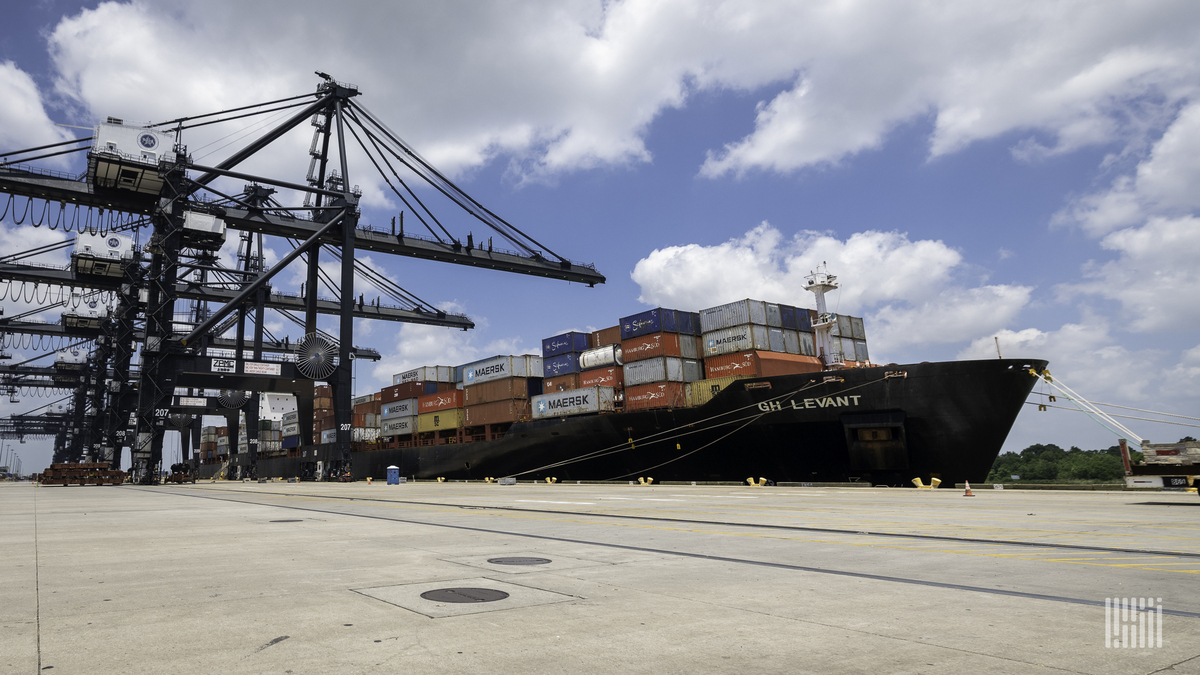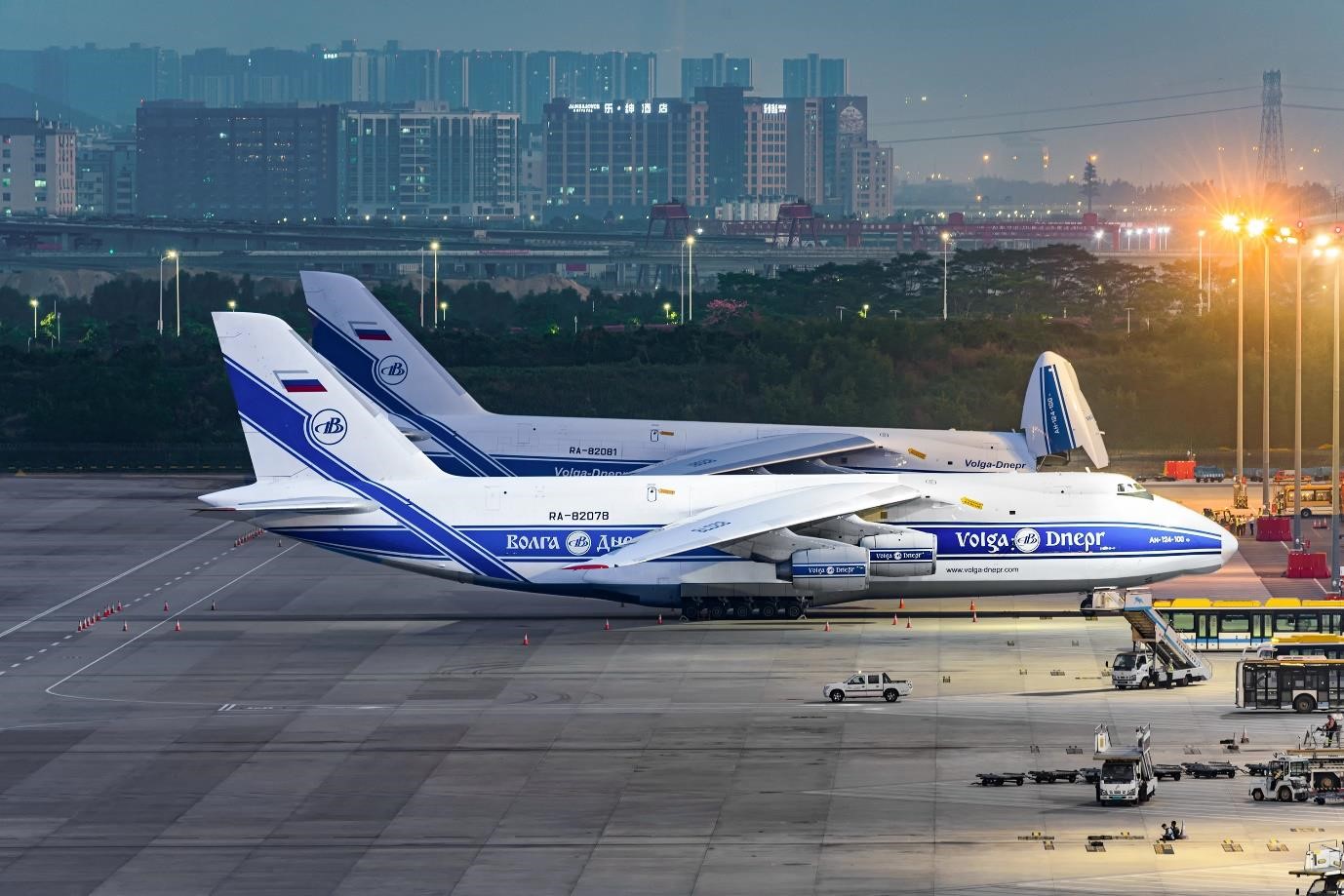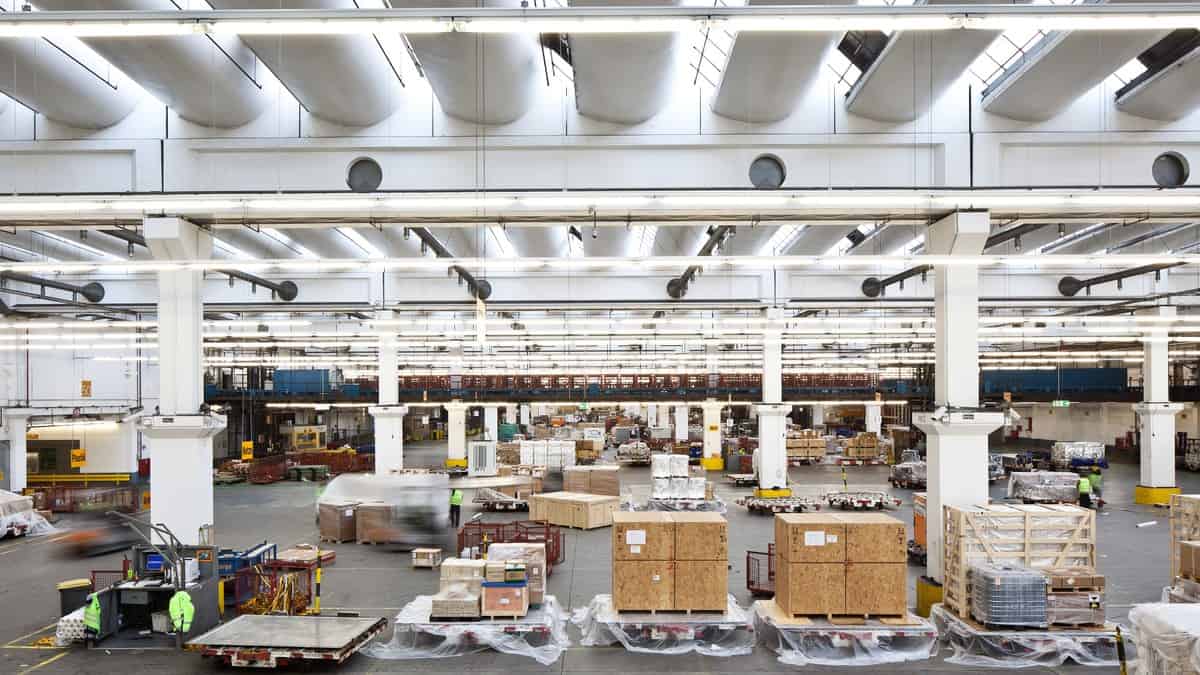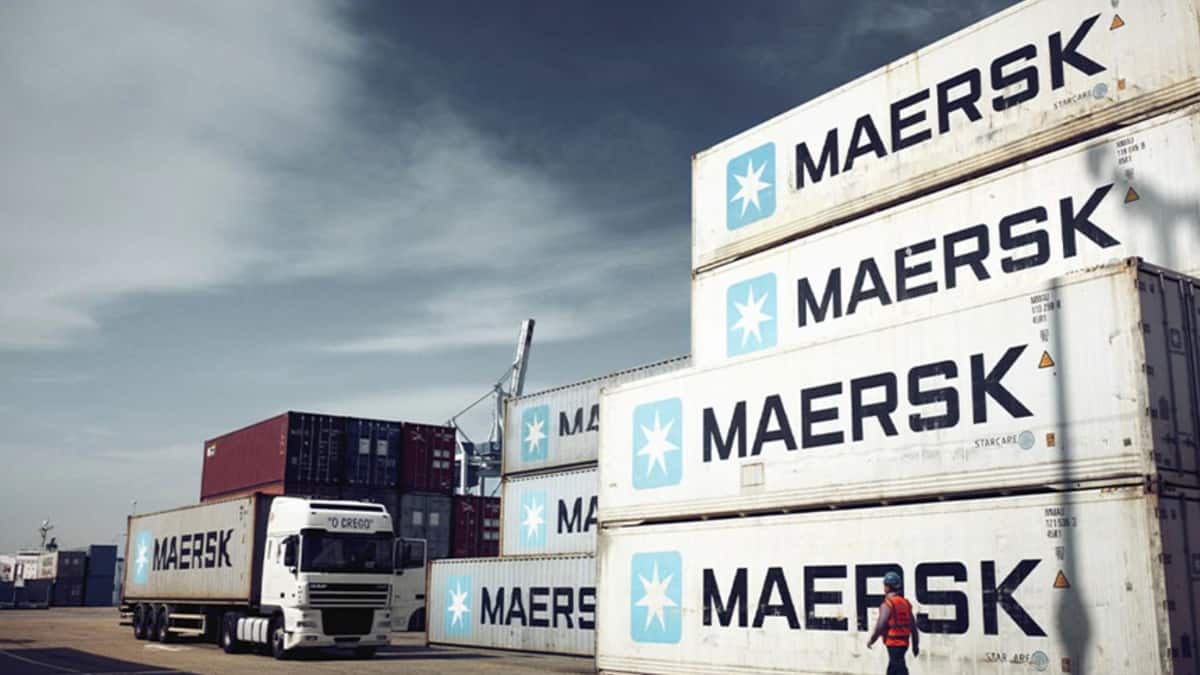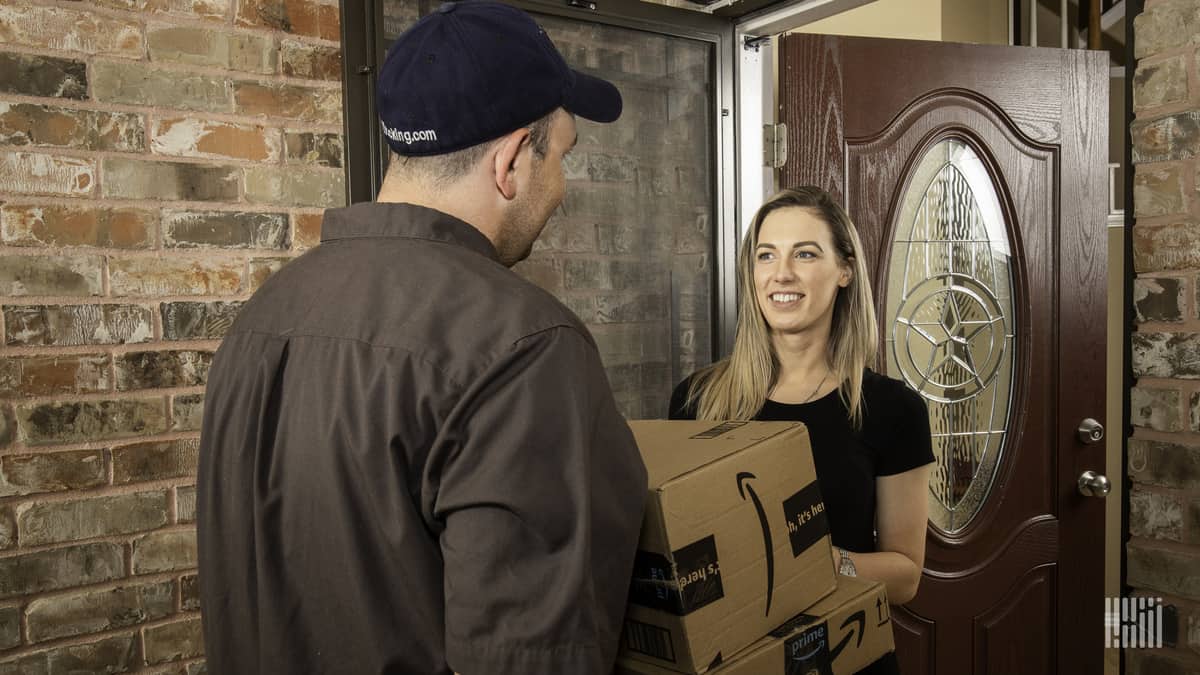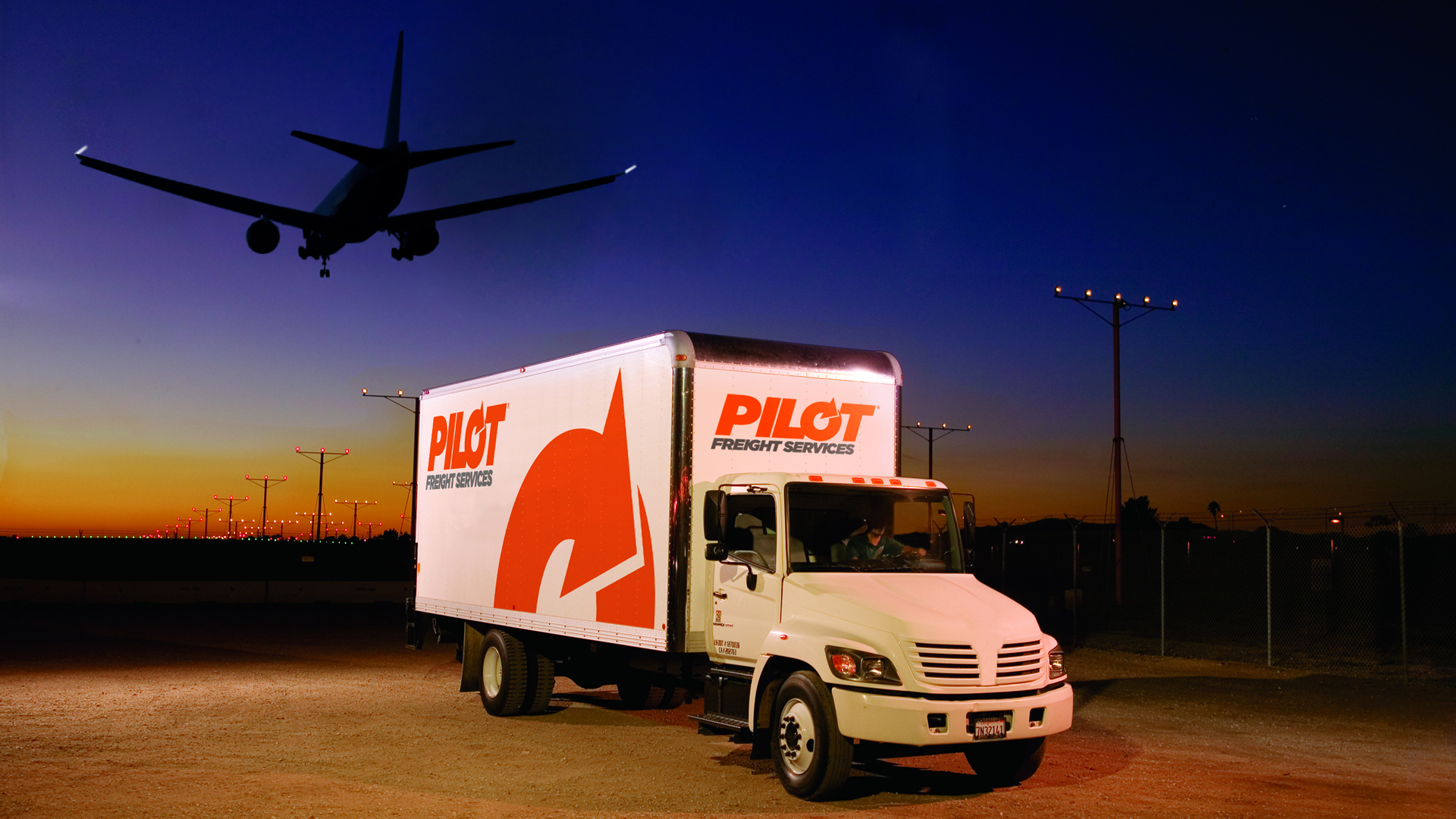
Over the past decade, the last-mile delivery segment has witnessed a gradual shortening of delivery schedules. Primarily led by the “Amazon Effect” and further buoyed by the resulting consumer expectations, last-mile delivery times have come down considerably — from weeklong shipping times to same- and next-day deliveries.
However, the screeching halt of the economy resulting from the COVID-19 crisis led to predictable chaos within global supply chains. Logistics operations broke down, as workers worldwide quarantined themselves and cities shut down to observe social distancing.
As weeks went by and even as the economy now tentatively gets back on its feet, logistics operations continue their struggle to return to normalcy. Volatility in demand-capacity equations disrupts delivery schedules, causing unexpected delays in deliveries. A recent report by logistics visibility platform project44 details the discrepancy between what consumers want and what global supply chains can muster during these pandemic times.
FreightWaves spoke with Christian Piller, vice president of value engineering at project44, to understand how the tension between supply chains and customers has unfolded. “We found that 89% of customers do not expect companies to sacrifice visibility or transparency into the delivery. And 83% of customers don’t expect companies to give up the faster delivery times,” he said.
This is an issue, as logistics stakeholders are feeling the squeeze at the other end of the spectrum. In the survey of supply chain professionals, project44 found that 55% were not ready for the downturn and had no time to prepare for the pandemic.
Supply chains now contend with longer lead times, driven by social distancing practices across the value chain. For instance, social distancing within warehouses has meant fewer people working within the same setting, as warehouses cannot add more aisle space. “The only viable path forward is automation and digitization,” said Piller.
Piller explained that delays during the COVID-19 situation have to do with the lack of visibility and not having the right quality data at the right time. “Managing processes with emails and spreadsheets just don’t work anymore. At project44, we provide high-fidelity data with proactive notifications when things are going wrong — helping companies recover in time and get the deliveries to their customers’ doorsteps when they expect it,” he said.
Aside from the need to keep up fast shipping schedules, companies will also need to shrink their carbon footprints due to tightening global environmental regulations. However, prioritizing sustainability would eventually mean slower shipping, which would be detrimental to business.
project44 found that 80% of customers would more likely buy from companies prioritizing sustainability in the delivery process. That said, 45% of supply chain professionals mentioned that faster, transparent and low-cost deliveries would mean sustainability taking a back seat. Automation of repetitive operations within supply chains and widespread digitization will help bridge the gap.
“High-fidelity data helps shippers be more efficient with their decisions and be less wasteful. Trucks could be prevented from waiting in line, inventories can be reduced, delivery workers can time their deliveries better, and all this while maintaining customer visibility and transparency,” said Piller.
***
More from Vishnu Rajamanickam
Ecommerce causes last-mile networks to creep closer to consumers
The relevance of last-mile delivery logistics
The impact of last-mile delivery and visibility in logistics on consumer retention


